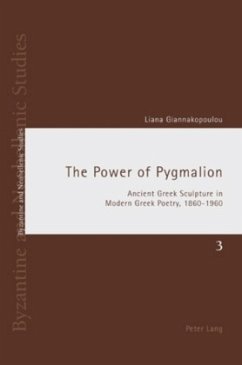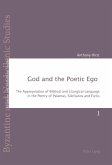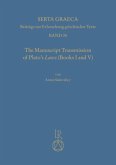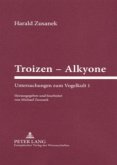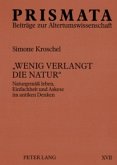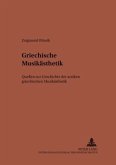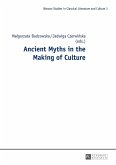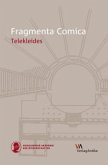This book explores the relationship between ancient Greek sculpture and modern Greek poetry between 1860 and 1960. It examines in some detail poems by Vasileiadis, Rangavis, Palamas, Cavafy, Sikelianos and Seferis, and shows how these poets appropriate the art of sculpture and in what ways this contributes to our understanding of each poet's poetics.
Ancient Greek sculpture and sculptural imagery related to it are inevitably associated with the Classical heritage and bring the issue of ancient tradition and its relation to the modern artist into a prominent position. What is more, sculpture is particularly important for the erotic dimension through which the poets perceive their relation with art, and each poet systematically uses the image of the sculptor to define his perception of the artist. In both cases the myth of Pygmalion may be seen as successfully embodying each poet's relation with art and tradition.
Ancient Greek sculpture and sculptural imagery related to it are inevitably associated with the Classical heritage and bring the issue of ancient tradition and its relation to the modern artist into a prominent position. What is more, sculpture is particularly important for the erotic dimension through which the poets perceive their relation with art, and each poet systematically uses the image of the sculptor to define his perception of the artist. In both cases the myth of Pygmalion may be seen as successfully embodying each poet's relation with art and tradition.

